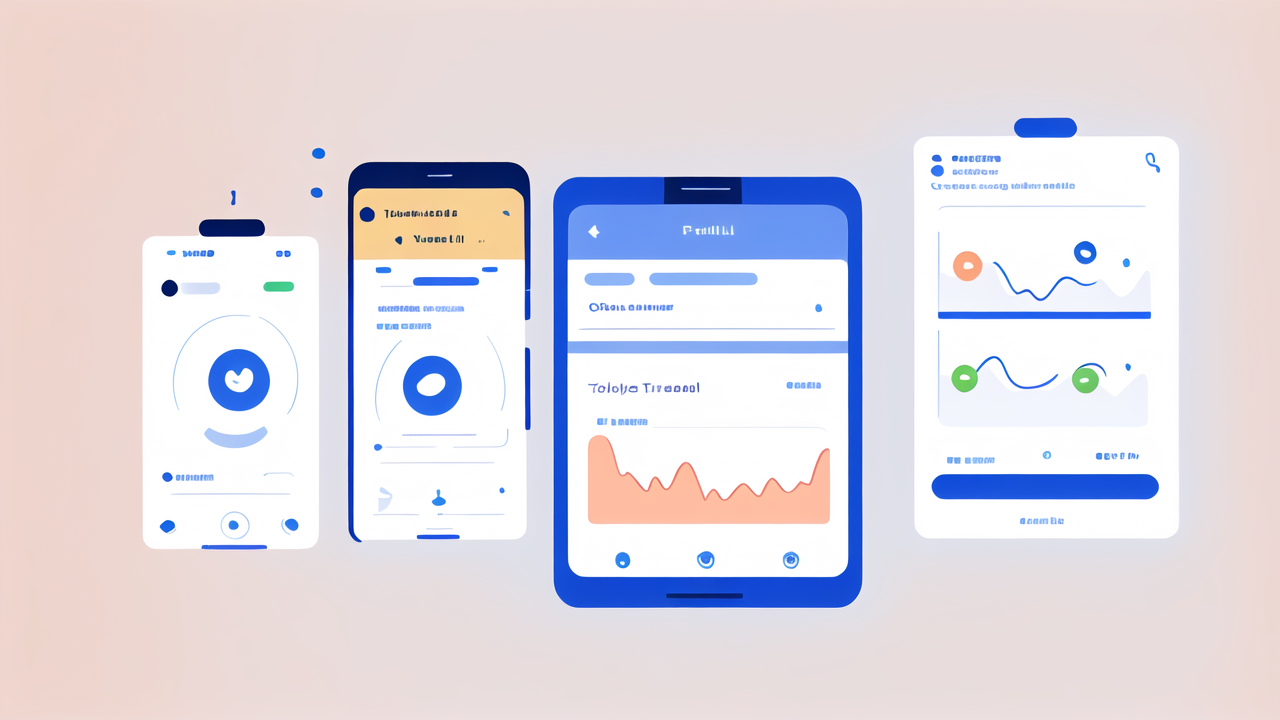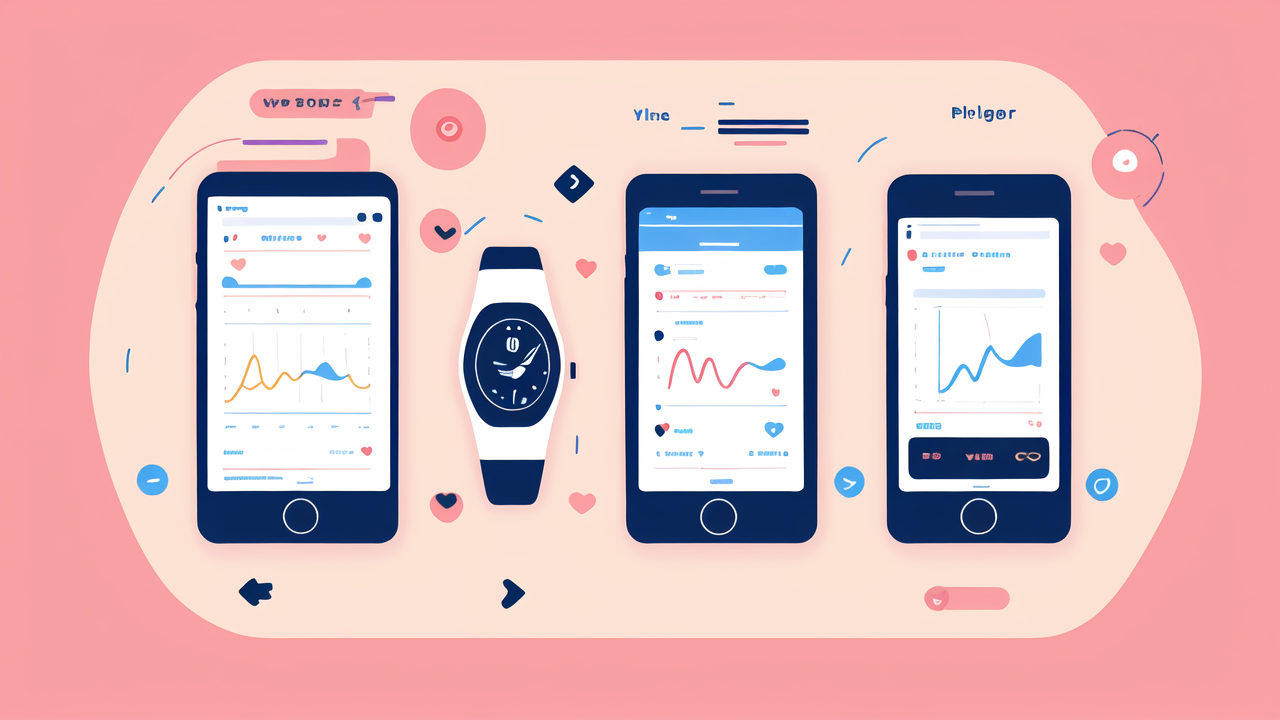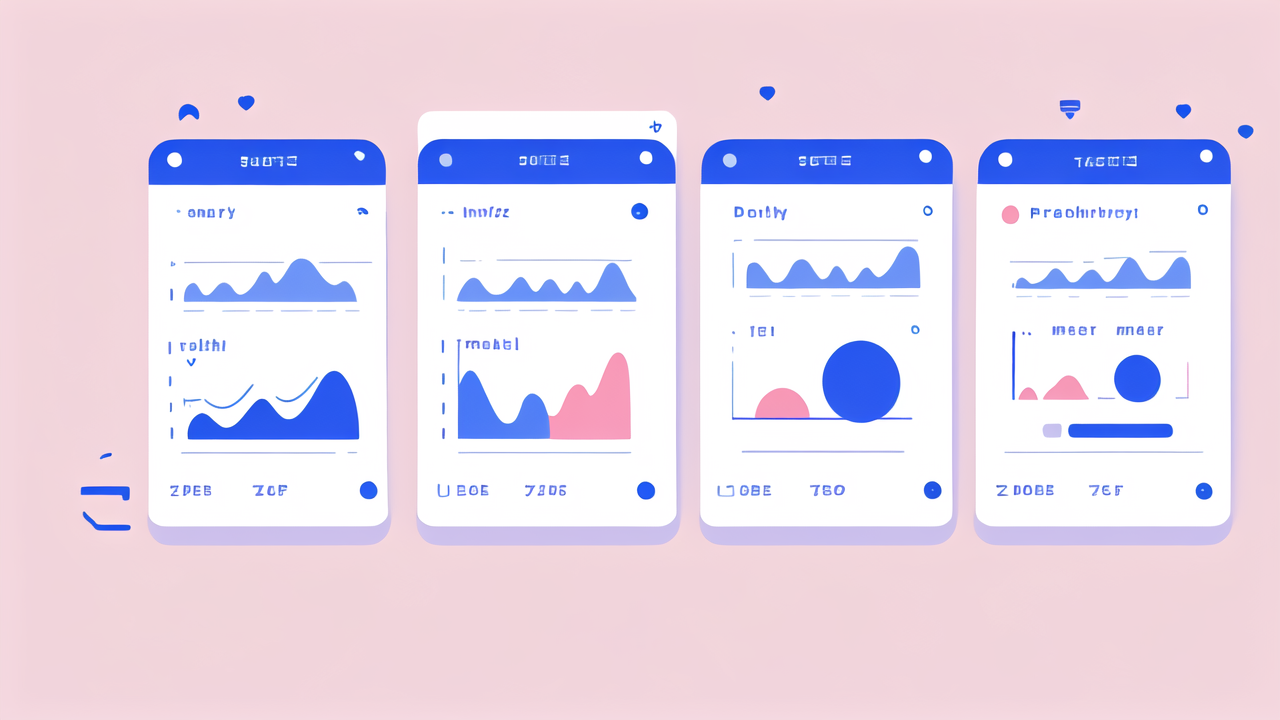Understanding Activity Tracking: A Primer for the Health-Conscious Consumer
What is an Activity Tracker?
An activity tracker is a wearable device that monitors and records fitness-related data. It tracks steps, calories burned, and sleep patterns. Many also measure heart rate and GPS location. These devices sync with smartphones or computers to provide detailed health insights.

Activity trackers come in various forms. The most common are wristbands and smartwatches. Some can be clipped onto clothing or worn as pendants. They use sensors to detect movement and other vital signs. The goal is to help users stay active and improve their overall health.
These devices have become increasingly popular in recent years. They offer a simple way to track daily activity and fitness goals. Many people find them motivating and helpful in maintaining a healthy lifestyle.
The Evolution of Fitness Monitoring Devices
Fitness monitoring has come a long way since the early pedometers. These simple step counters were the first widely used activity trackers. They relied on mechanical sensors to count steps. While useful, they were limited in their capabilities.
The digital age brought new possibilities. In the 1980s, heart rate monitors became popular among athletes. These devices used chest straps to measure heart rate during exercise. They provided more accurate data for training purposes.
The 2000s saw the rise of GPS watches. These were mainly used by runners and cyclists to track distance and speed. They offered more detailed workout data but were still specialized tools.
The real revolution came with the smartphone. Apps could now track activity using the phone's sensors. This paved the way for dedicated wearable devices. Modern trackers combine multiple sensors and connectivity features.
Key Features of Modern Activity Trackers
Today's activity trackers offer a wide range of features. Step counting remains a core function, but it's just the beginning. Most devices now track multiple types of exercise. They can recognize activities like running, cycling, and swimming.
Heart rate monitoring is now standard on many trackers. This feature provides insights into workout intensity and overall fitness. Some devices even offer continuous heart rate tracking throughout the day.
Sleep tracking has become another key feature. Trackers monitor sleep duration and quality. They can detect different sleep stages and provide tips for better rest.
GPS tracking is common in higher-end models. This allows for accurate distance and route mapping for outdoor activities. Many trackers also offer smart notifications from your phone. This includes calls, texts, and app alerts.
Water resistance is important for all-day wear. Many trackers can be worn while swimming or showering. Battery life has also improved, with some devices lasting a week or more on a single charge.
The Impact of Activity Trackers on Health and Wellness in the United States
Enhancing Personal Health through Data-Driven Fitness
Activity trackers have revolutionized how people approach fitness. They provide real-time data that helps users make informed decisions. This data-driven approach has made fitness more accessible and engaging for many.

Users can set personalized goals based on their current fitness level. Trackers provide constant feedback on progress. This immediate feedback can be highly motivating. It encourages users to stay active and reach their goals.
Many trackers offer challenges and rewards to keep users engaged. These gamification elements make fitness more fun and social. Users can compete with friends or join community challenges.
The data collected by trackers can reveal important health insights. It can show patterns in activity, sleep, and heart rate. This information can help users identify areas for improvement in their lifestyle.
Some trackers even offer stress monitoring features. They can detect high-stress periods and suggest relaxation techniques. This holistic approach to health is a key benefit of modern activity trackers.
Activity Trackers in Workplace Wellness Programs
Many companies now include activity trackers in their wellness programs. These programs aim to improve employee health and reduce healthcare costs. Activity trackers provide a way to engage employees in their health.
Workplace challenges using activity trackers are becoming common. Employees can compete in step counts or other fitness goals. This fosters a sense of community and motivation among coworkers.
Some companies offer incentives for meeting fitness goals tracked by these devices. This might include lower health insurance premiums or other benefits. It's a win-win situation for both employers and employees.
Activity trackers can also help identify workplace health issues. For example, they might reveal that employees are too sedentary. Companies can use this data to implement changes, like standing desks or walking meetings.
Privacy concerns are important when using trackers in the workplace. Companies must be transparent about data use and respect employee privacy. When done right, these programs can significantly improve workplace wellness.
Case Studies: Success Stories of Fitness Tracking
Many individuals have transformed their health with the help of activity trackers. One success story is Sarah, a 35-year-old office worker. She was surprised to find how little she moved during the day. Her tracker motivated her to take regular walks and use a standing desk.
After six months, Sarah lost 20 pounds and reported feeling more energetic. Her tracker showed improvements in her daily step count and sleep quality. She credits the constant feedback for helping her stick to her goals.
Another example is Tom, a 50-year-old with high blood pressure. His doctor recommended using an activity tracker to monitor his exercise. Tom's tracker helped him gradually increase his activity level. It also reminded him to move regularly throughout the day.
After a year, Tom's blood pressure had significantly improved. His tracker data showed a steady increase in daily activity. His resting heart rate had also decreased, indicating improved cardiovascular health.
These stories highlight how activity trackers can lead to real health improvements. They provide the tools and motivation needed for lasting lifestyle changes.
Navigating the Market: Choosing the Right Activity Tracker for Your Lifestyle
Considerations When Selecting an Activity Tracker
Choosing the right activity tracker depends on your personal needs and goals. First, consider what activities you want to track. If you're a runner, GPS might be important. For swimmers, water resistance is crucial.

Battery life is another key factor. Some trackers need charging every few days, while others last weeks. Think about how often you're willing to charge your device.
Display type is also important. Some prefer a simple LED display, while others want a full color touchscreen. Larger screens are easier to read but may have shorter battery life.
Consider the tracker's compatibility with your smartphone. Most work with both iOS and Android, but some have limited features on certain platforms. Check what apps are available for viewing and analyzing your data.
Price is always a factor. Basic trackers are affordable, while advanced models can be quite expensive. Think about which features are worth paying extra for.
Comfort and style matter too. You're more likely to wear the tracker if you like how it looks and feels. Some trackers offer interchangeable bands for different looks.
Integration with Other Fitness Tools and Apps
Modern activity trackers don't exist in isolation. They often integrate with other fitness tools and apps. This integration can enhance your overall health tracking experience.
Many trackers sync with popular fitness apps like MyFitnessPal or Strava. This allows you to combine activity data with diet tracking or detailed workout analysis. Some trackers also work with smart scales to track weight and body composition.
Integration with smart home devices is becoming more common. Your tracker might connect to your smart thermostat or lights. This can create a more holistic health environment in your home.
Some trackers offer compatibility with gym equipment. They can automatically log workouts on treadmills or stationary bikes. This provides more accurate calorie burn estimates and workout tracking.
Consider how a tracker fits into your existing tech ecosystem. If you use Apple products, an Apple Watch might integrate best. Android users might prefer trackers that work well with Google Fit.
Future-Proofing Your Fitness Regime with Advanced Tracking
The world of activity tracking is constantly evolving. When choosing a tracker, consider its potential for future updates. Look for devices from companies with a history of regular software updates.
Advanced health tracking features are becoming more common. Some trackers now offer ECG readings or blood oxygen monitoring. While you may not need these now, they could be useful in the future.
Artificial intelligence is playing a bigger role in fitness tracking. Look for trackers that offer AI-powered insights and recommendations. These can help you get more value from your data over time.
Battery technology is also improving. Some new trackers use solar charging to extend battery life. This could be a game-changer for those who hate frequent charging.
Finally, consider the ecosystem of the tracker brand. Some offer a range of health devices that work together. This could allow you to expand your health tracking in the future without switching systems.
Choosing a tracker with room for growth can help ensure it remains useful for years to come. The future of fitness tracking is exciting, with new features constantly emerging.




Leave a comment
This site is protected by hCaptcha and the hCaptcha Privacy Policy and Terms of Service apply.